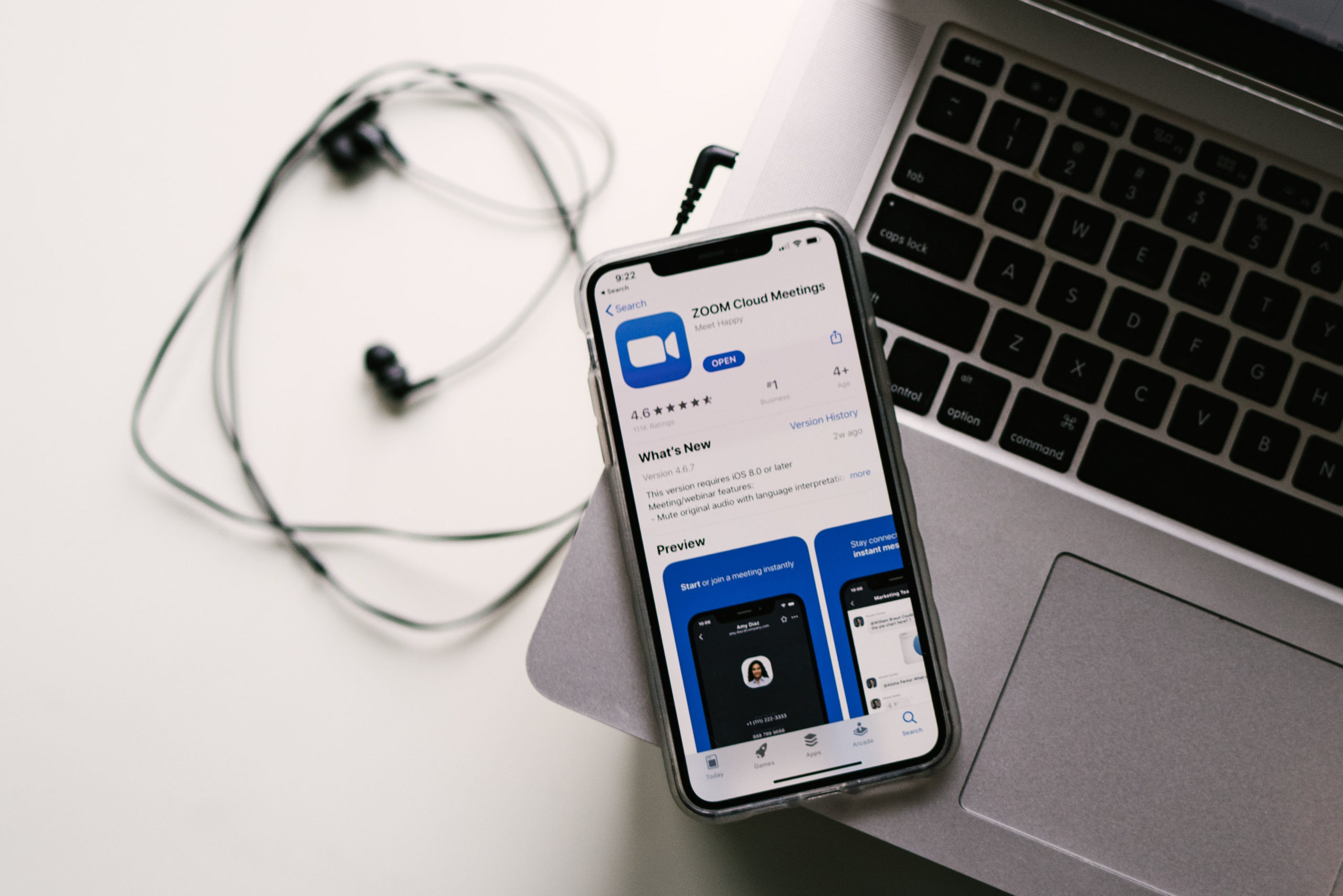By David Thomas, Executive Director, Online Programming
Having trouble finding, logging into or scheduling Zoom rooms? We’ve prepared a handy guide to walk you through the many roads that lead to Zoom!
First, off, if you are not familiar, Zoom is a web-based video conferencing tool faculty can use for holding synchronous online class meetings, hosting small group breakouts, 1:1 office hours and other meetings. Zoom allows you to videoconference with anyone inside or outside of DU who has a stable highspeed internet connection and a computer running Zoom.
As cool as Zoom is, it’s not without its challenges. Last week we shared ways to combat Zoom “bombing” and avoiding trolls. This week we are tackling the confusion that can come from the variety of ways to access Zoom. Let’s look at the different options and sort out how to access Zoom to meet your needs.
- Free accounts through zoom.us – The great news is, anyone can get a Zoom account. Your mom and dad, your neighbor. Anyone. Even better, the basic account is free. For DU employees, there is no need to sign up for a free account. The university pays for an enterprise license that provides access to the full power of Zoom, including no limit on meeting length.
While you can sign up for a Zoom account with a Google or Facebook login, or even an old AOL email account, if you sign up for a free Zoom account, you can encounter issues when you try to use Zoom with Canvas or want to access the advanced features the university has paid for.
Best advice here: Log out of any Zoom accounts you might be logged into using anything other than your DU email and password.
- DU account through udenver.zoom.us – If you log into the Zoom website with your university credentials, you will see a variety of configurations you can set for your Zoom account. You can also schedule meetings, invite people to meetings and manage your personal meeting room. Scheduled meetings are exactly that, meetings that are set up for a one-time purpose and then expire when they are done. A personal meeting room is a persistent room that you can use over and over. Using the web site to set up and schedule meetings is a good idea when you want to invite people to a one-off meeting outside of your Canvas shell. For scheduling class-related meetings, see the info below about using Zoom inside of Canvas.
Best advice here: Use scheduled meetings for one-off meetings with colleagues outside of the university. If you want to run a Zoom meeting for people inside the university, use your personal meeting room, and share the personal meeting link in your Outlook meeting invite.
- Zoom through Canvas – Because Zoom has been integrated with Canvas, you can schedule meetings from right inside a Canvas course shell. The benefit of this is that your students will get a notification when meeting has been set up. And this will save you one step by not having to go into Zoom to schedule the course Zoom meeting. The thing to keep in mind here is that the Zoom scheduling interface inside Canvas is the same Zoom scheduler that you see when you log into udendever.zoom.us with your university credentials.
Best advice here: Schedule Zoom meetings inside of Canvas when the meeting is specific to the students in that course. Also be sure to name the meeting something that helps you keep it straight. Rather than calling it “Homework review” call it “ENGL-1000 Homework Review Week 2”. You might also consider posting a Canvas announcement letting students know the purpose of the meeting and encouraging them to attend.
- Starting or joining a meeting through the Zoom app – To run a Zoom meeting, you start the Zoom application on your computer (or iPad or phone). Clicking on a Zoom invite link in an email or calendar invite starts the Zoom app and passes the meeting ID and any required password. But you can also start a meeting from the Zoom application by clicking on the Start New Meeting button. A drop down on this button allows you to start up your personal meeting or to simply start a new, on demand, meeting and then invite people. You can invite people from inside the meeting or by sharing the meeting ID. You can also schedule a meeting from inside the Zoom app.
Best advice here: Use this “instant meeting” process when you need to grab a few folks for an ad hoc meeting. For example, you might start your personal meeting from the Zoom app and then share your personal meeting ID with colleges via Microsoft Teams.
The Bottom Line
There are a couple of key things to remember:
- Always log into Zoom with your DU account. That will unlock premium Zoom features and ensure seamless use of Zoom with tools like Canvas
- The Zoom meeting ID is what identifies a Zoom meeting. Whether you hold a one-off Zoom meeting, a standing meeting or use your personal Zoom room, the meeting number is what you want to pay attention to. If you share a meeting number (and a password, if set) anyone with Zoom can access that room! So, set up different rooms for different purposes.
- You can set up and start Zoom from a bunch of different places. Just remember, all scheduled rooms show up in your Zoom schedule and all the different methods for starting a room all end up in the same place—a Zoom room with a unique Zoom meeting ID
We hope this quick walkthrough helps. And be sure to ask for help if you get stuck!



